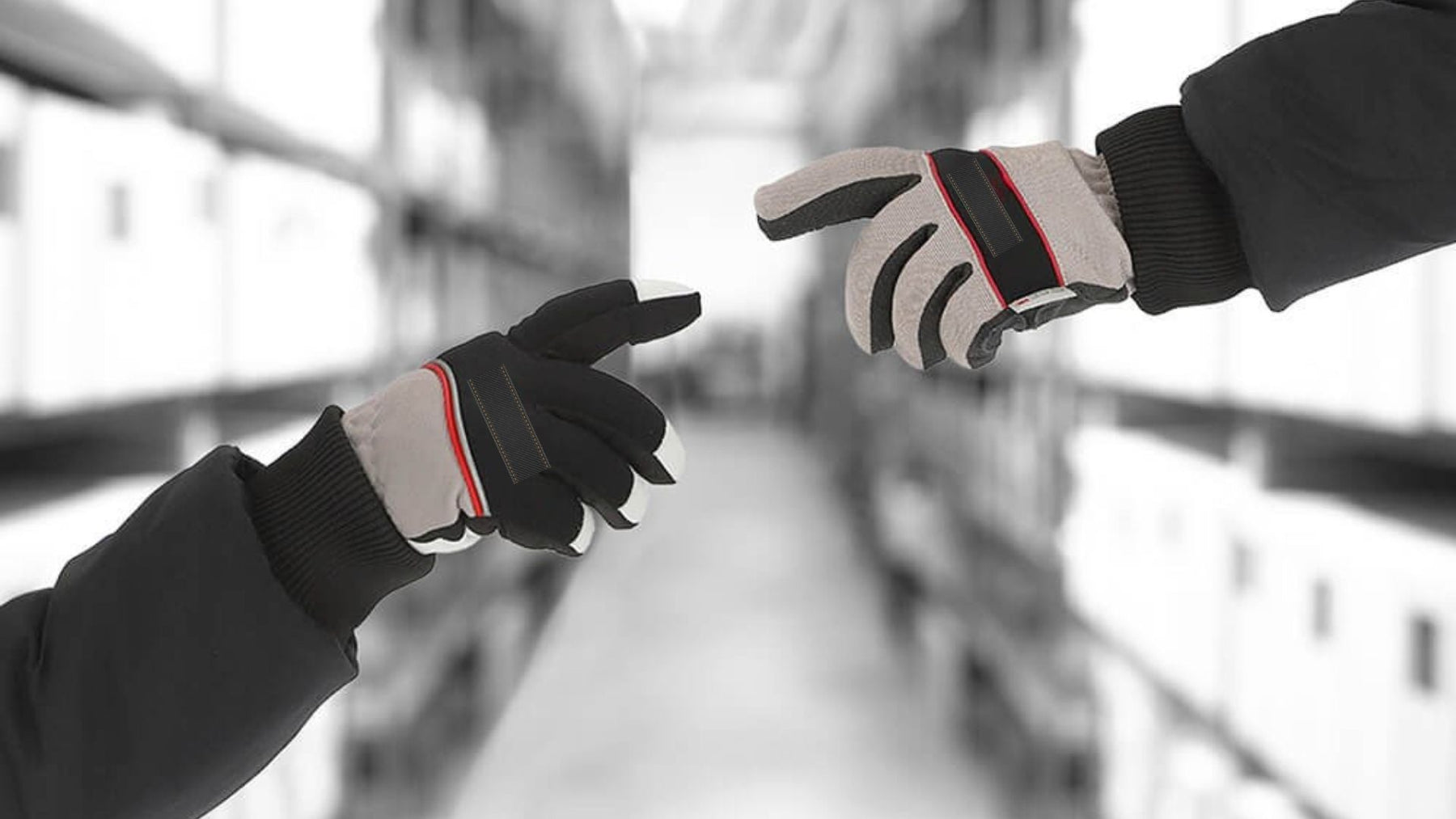
Cold Storage Worker Health Problems: Real Solutions That Protect Your Body
Cold storage work demands strength, endurance, and reliable gear that truly protects you. Many workers accept painful hands, numb fingers, and stiff joints as part of the job, but those are early signs of damage from constant cold exposure. Almost all cold-related injuries are preventable with the right awareness and protection. Freezer gloves designed for real sub-zero environments make a huge difference in how safe and comfortable your shifts feel. You do not have to choose between your health and your paycheck. With proper gear and preparation, you can stay productive and protect your hands from lasting harm.
What You’ll Learn
- Why cold storage environments cause unique health risks
- The temperatures at which your body starts taking damage
- Early warning symptoms that signal danger
- Long-term health problems linked to cold exposure
- Required protection for specific temperature zones
- Legal rights to breaks and safety gear in Australian workplaces
- How freezer gloves and insulated workwear prevent injury
- Common medical conditions caused by poor cold protection
- Practical prevention strategies you can start today
Why Cold Storage Work Harms the Body Differently
Cold storage work affects the body in ways few people realize. When exposed to temperatures below 10°C, your body diverts blood away from hands and feet to protect vital organs. Over time, this restricted circulation causes real damage to tissues, nerves, and joints.
Workers in refrigerated environments face higher rates of arthritis, circulation disorders, and respiratory issues. Repetitive movement combined with cold tightens muscles and increases inflammation. Without proper protection, these effects build up quietly until permanent injury occurs.
When the Damage Begins
At 15°C: Hands start to ache, and fine motor control weakens.
At 7°C: Numbness begins, and nerve function drops.
At 0°C: Frostbite becomes a real threat, especially for cold room workers.
At minus 18°C to minus 30°C: Frostbite can occur in under ten minutes.
Many employers provide regular winter gloves that are not rated for sub-zero storage. These trap moisture and lose insulation quickly. Freezer gloves rated for your actual environment prevent these risks.
Symptoms You Should Never Ignore
- Persistent numbness: Lasting numbness means nerve damage is occurring.
- Colour changes: White, blue, or blotchy skin means circulation is restricted.
- Joint pain: Stiff or aching joints signal cold-induced inflammation.
- Weak grip: Difficulty holding items means your hands are too cold to function.
- Deep aching pain: Indicates your body temperature has dropped dangerously low.
- Blisters or skin damage: Show signs of tissue injury from cold exposure.
Long-Term Health Problems from Cold Work
- Circulation disorders: Prolonged cold exposure can cause Raynaud’s phenomenon.
- Peripheral neuropathy: Nerve damage causes tingling, numbness, and poor coordination.
- Accelerated arthritis: Repeated cold stress worsens joint wear.
- Respiratory issues: Cold air irritates the lungs, leading to chronic cough or bronchitis.
- Weakened immunity: Constant cold lowers your immune resistance.
How to Match Protection to Your Work Environment
The right protection depends on temperature, duration, and activity:
- 0°C to 5°C: Use insulated gloves with moisture-wicking liners.
- Minus 10°C to minus 20°C: Choose multi-layer gloves with waterproof protection.
- Minus 20°C to minus 30°C: Use heavy-duty freezer gloves plus full suits and boots.
- Meat processing: Choose gloves that resist cuts and stay flexible in wet conditions.
Know Your Rights
- Temperature-based breaks: WorkSafe recommends 30-minute warm-up breaks every 90 minutes at minus 18°C or below.
- Proper PPE: Employers must provide temperature-rated protective gear.
- Medical checks: Regular monitoring helps detect early cold-related illness.
- Heated break rooms: Workers must have access to proper warming areas.
Why the Right Gloves Make All the Difference
- Inner lining: Moves moisture away from skin.
- Middle insulation: Traps warm air and maintains flexibility.
- Outer shell: Blocks water, wind, and condensation.
Grip surfaces prevent slips, while the right fit ensures blood flow and consistent warmth. Always check temperature ratings before use.
Medical Conditions Caused by Inadequate Gear
- Raynaud’s phenomenon: Fingers turn white or blue from poor circulation.
- Cold panniculitis: Painful skin inflammation from fat tissue freezing.
- Frostbite: Permanent tissue damage from freezing exposure.
- Cold urticaria: Allergic skin reaction to cold temperatures.
- Hypothermia: Body temperature drops below 35°C, causing confusion.
- Cold bronchospasm: Airway constriction leading to wheezing or breathlessness.
Smart Prevention Strategies for Every Shift
- Layer properly: Use moisture-wicking base, insulating mid-layer, and windproof shell.
- Stay dry: Change gloves or socks if damp.
- Keep moving: Generate body heat when possible.
- Fuel your body: Eat balanced, energy-rich meals before shifts.
- Stay hydrated: Cold air dehydrates faster than you think.
- Warm up gradually: Avoid direct heat on cold skin.
- Report symptoms early: Small issues can escalate fast.
- Inspect gear daily: Replace worn or torn insulation.
When to Get Medical Help
- Skin turning black, gray, or blistering
- Numbness that doesn’t fade after warming
- Confusion or extreme fatigue
- Chest pain or irregular heartbeat
- Severe joint swelling or movement loss
Choosing the Right Protection for You
The right protection starts with matching your gear to your environment. Short tasks in mild cold need lighter insulation, while full shifts in deep freeze areas require heavy-duty gloves and layered thermal wear. Quality freezer gear maintains dexterity, warmth, and confidence all day.
At Shopica, we provide freezer workwear made for Australian cold storage professionals who need reliable, long-lasting protection. Explore our Freezer Workwear Collection and find gear designed to keep your hands safe and your performance strong.
Disclaimer: All information is based on research and workplace safety standards. It is for educational purposes only and should not replace medical advice. If you experience symptoms of cold exposure, consult a qualified healthcare professional.
